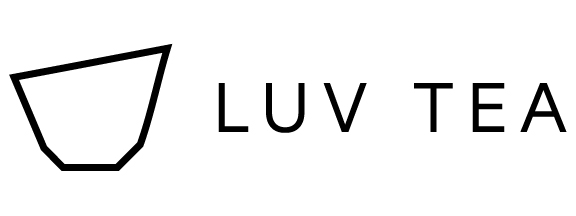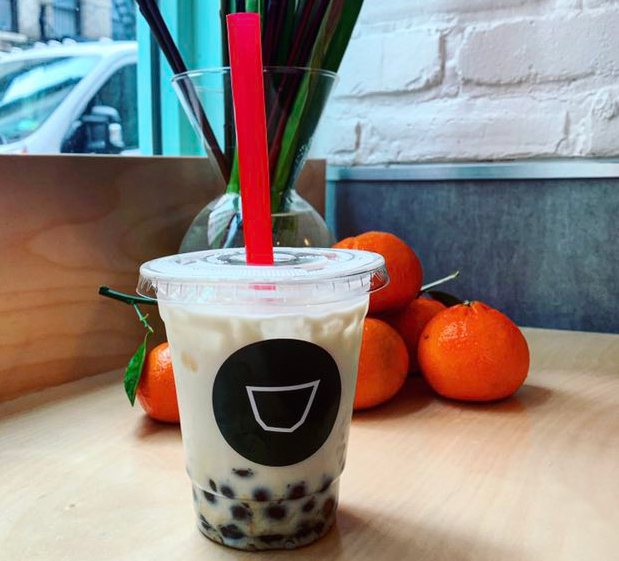
After being popularized by Chun Shui Tang in Taipei, bubble tea enjoyed an explosive growth, as every tea drinking nation in Asia quickly discovered the drink. These sweet drinks invaded NYC and have been all the rage as scores of bubble tea spots opened up one after the other. But what is the story of bubble tea, and what is actually inside a cup anyway?
ORIGINS
Bubble tea is a drink popularized in Taiwan back in the 1980s. But its creation lies in the decline of tea consumption by Taiwanese youth. To understand this, let us go to the beginning of tea in Taiwan.
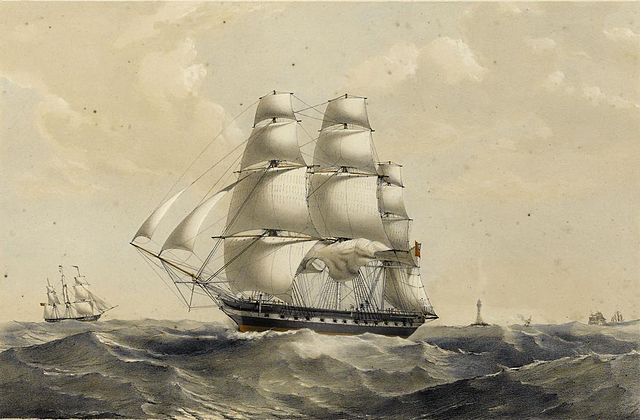
Thomas Goldsworth Dutton (fl 1840), Public domain, via Wikimedia Commons
The Taiwanese tea industry began during the Qing Dynasty, when the Dutch East India Company decided to bring the booming tea industry from Fujian into Taiwan. After the success of Taiwanese oolong tea in New York City, marketed then as “Formosa Oolong”, the island of Taiwan became a huge exporter for China, as oolong tea flowed into the European and American markets. The Japanese invasion of China also saw large amounts of infrastructure constructed in the mountains of Taiwan to gain access to tea farms, as well as the introduction of black tea into Taiwan. The 1970s and 1980s marked a economic boom in Taiwan. Disposable income saw the evolution of tea culture as the locals began to consume the teas that they once exported. In fact, many of the “new” tea beverages that we see in the USA today were all invented in the 80s.
As tea consumption drove up demand, cost for tea increased. The increase in cost also saw a drop in tea sales among the youth. In addition to the cost, the image of tea also became a drink for the older generations. Young people turned their attention to beverages, ready-to-go drinks, and sugary products. So in Taiwan, people began to evolve the traditional Chinese tea into a ready-to-go beverage. Enter – BUBBLE TEA!
BUBBLE TEA IN TAIWAN
Bubble tea gained its name from the bubble foam that you get when you shake milk tea in a cocktail shaker. Now to attract the attention of young men, enterprising vendors hired very well-endowed women and physics to do the shaking of the milk tea. It worked extremely well and soon enough, the drink took off and there are no more need for sales gimmicks.
Soon, another variation came about. Tapioca has been widely used in many amazing Taiwanese desserts and soon they made their way into bubble teas. Soon, bubble tea with tapioca pearls became the new norm. Other variations such as grass jelly, taro pearls, and gelatin also made their way into bubble tea, but tapioca pearls dominated the scene.
Parents also love making these tapioca pearls. Jaesy, our tea-master, recalls many fond memories of her entire family gathering in the kitchen and rolling out small tapioca pearls one after the other. If I had to compare it to something for Americans, it would be akin to an Italian family making fresh pasta from scratch.
BUBBLE TEA TODAY
Now let’s fast forward to today, where bubble tea is a cultural phenomenon in the United States.
Making bubble tea is big business. You undoubtedly have seen many Chinese brands pop up in New York City over the past few years. Based on insider sources, a typical bubble tea shop in New York City sells around 300 cups of bubble teas per day. At an average cost of $6, this is a decent amount of sales. Some tea shops can close up to $30,000 a day due to brand recognition, quality of products, customer loyalty, and extremely well-done marketing campaigns.
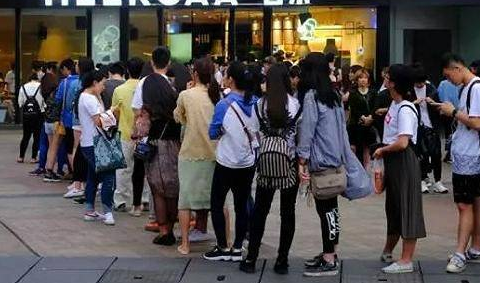
But what is inside that cup of mysterious delicious liquid?
Unlike traditional teas, where great craftsmanship, weather patterns, roasting techniques, and soil conditions all affect the end product, the quality of tea leaves required for a tea beverage is very low. In fact, you only really need the taste of tea. This is mostly due to the addition of milk and sugar, which are used not only to enhance the taste of the tea, but also hide the bad aftertastes of low quality tea leaves. Because bubble teas are designed for youths, vendors do not need to use high quality leaves, as those will drastically increase the cost of the product, and consumers are not drinking them for the health effects.
INGREDIENTS
Bubble tea is very easy to make, and if one is making bubble tea only for the taste, then one does not require high quality tea leaves. In fact, tea fannings became the most popular ingredient, replacing full tea leaves, for large scale production of milk teas and bubble teas. This change is due to the cheaper cost of the fannings, the stronger taste, as well as ease in scaling the business.
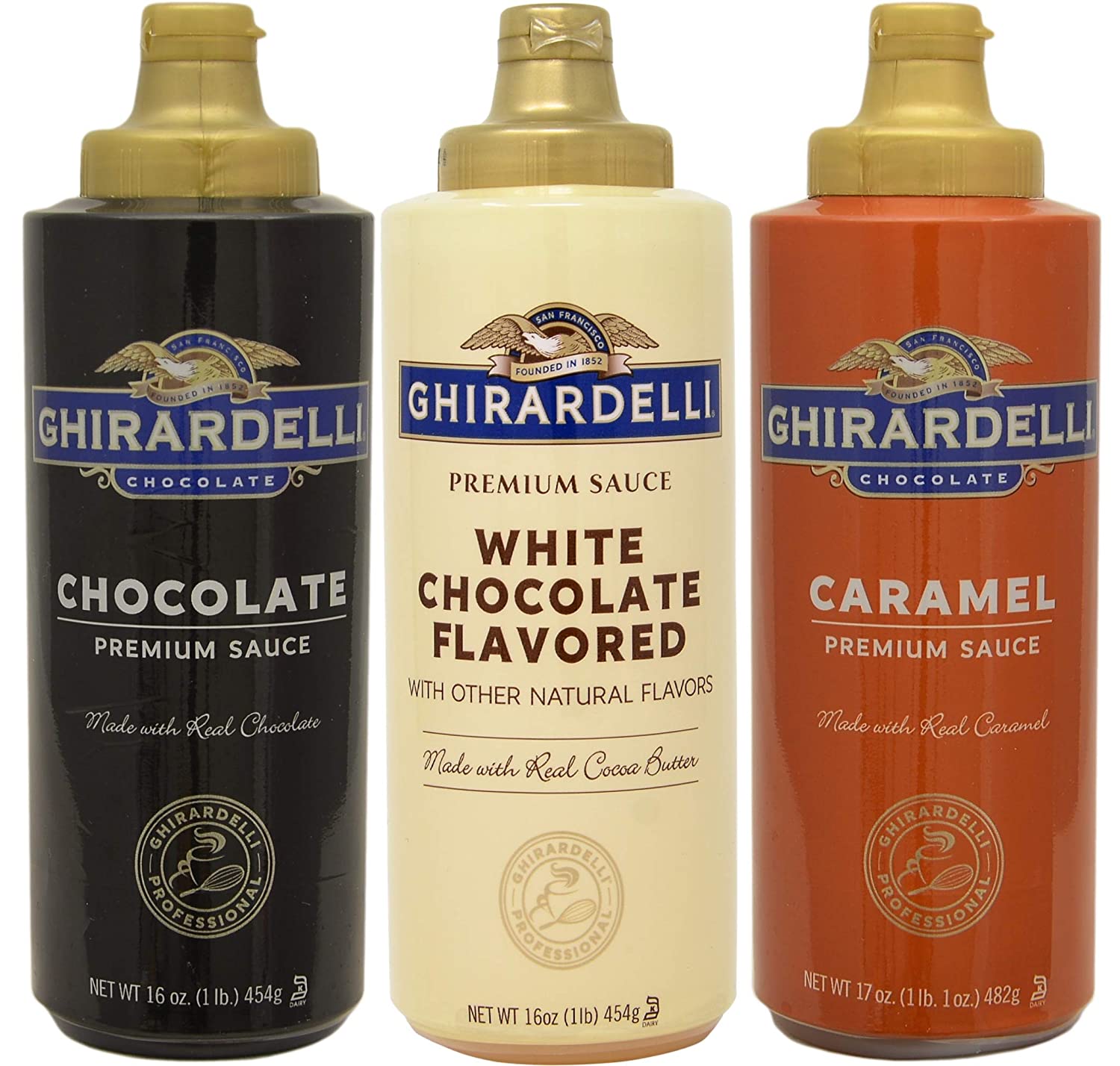
In addition to the fannings, artificial flavorings and syrups are used to quickly give the drink a certain flavor and sweetness.
As described above, the process of making tapioca pearls requires consistency. To keep in line with the fast-paced commercialized bubble tea industry, dehydrated versions were developed.
Bossen, one of the largest wholesaler of everything a bubble tea shop needs, provides solutions for pre-made tapioca pearls. Their tapioca pearls is easy and simple to make, as all you need to do is boil them, and add sugar to it.
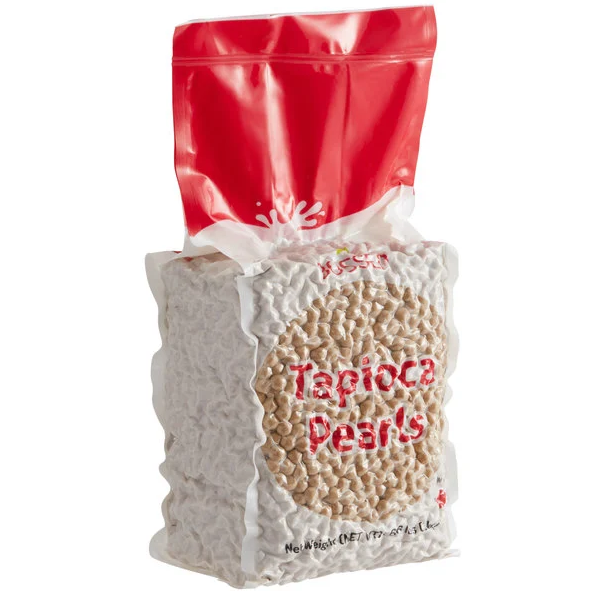
But these pearls are inferior in comparison to pearls made fresh from scratch, just like the difference between store-bought pasta versus fresh handmade pasta. However, the real issue lies in the ingredients used to made them. Listed from the site, it states:
- Tapioca starch
- Water
- Hydroxypropyl starch
- Caramel color
- Brown sugar flavor
- Sodium benzoate
- Potassium sorbate
So let’s take a look at some of these ingredients. Potassium sorbate, sodium benzoate, and caramel coloring may cause an increased risk of cancer if consumed in large quantities. Hydroxypropyl starch cannot be absorbed by our intestines and is used frequently in cosmetics. The number of questionable ingredients increase with the newer “popping bubbles” and other drinks that are heavy in food coloring.
Of course, as long as none of these are consumed in large quantities, there should be nothing to worry about, based on current research. Still, it would be best if people try to avoid as much processed food as possible.
What people should really be concerned about, is the amount of sugar inside bubble teas.
The tapioca pearls above contains brown sugar flavor. This is because traditionally, tapioca pearls are dusted with Taiwanese black sugar. Black sugar, or 黑砂糖, is sugar derived from the sugarcane plant without removing the molasses. It is more reddish in color and darker than brown sugar, also much healthier than brown and white sugar due to its nutritional content.

However, the cost of real black sugar once again cuts into the bottom line of a cup of bubble tea. Many vendors use a type of flavoring, or syrup to mimic the look and taste of black sugar. Going back to Bossen, we can see that their black sugar syrup includes things like:
- Fructose
- Black sugar flavor
- Acesulfame potassium (200 times sweeter than sugar!)
- Ethyl maltol
All these are designed to enhance the taste of a black sugar substitute, and have been linked to cancer, changes in brain function, fatty liver, toxicity when combined with nicotine, increased risk of diabetes, and heart disease. All this is just in the sweetener itself!
Factor in the additional flavorings and artificial preservatives in the tapioca pearls, the different topping options available in many establishments, and artificially flavored “healthy” fruit teas, most bubble teas are a catalyst for type-2 diabetes.
Keep in mind that the recommended daily intake of sugar is zero grams by our nutritionist – Suprina Berenyi, and a new light is shed on bubble teas.
A typical bubble tea has around 20 teaspoons of sugar and the same amount of carbohydrates as half a bowl of rice. The more toppings and tapioca pearls you add, the worse it gets. Most bubble teas are also not made with real milk, but milk powder, condensed milk, sweetened milk, or creamers. All of these have higher sugar content than regular milk.
The target audience for bubble tea – Asians, are also more likely to develop diabetes than whites, and are often not caught due to lower body weight.
THE BOTTOM LINE
Here at Luv Tea we have championed the role of consumer knowledge when it comes to making decisions on what to put in a person’s body. Bubble tea began as a fun drink that brought the whole family together, but evolved into something that is harmful when consumed in excess.
Not all bubble teas are bad, and not everyone who sells these delicious tapioca pearl drinks are aiming for a quick buck. However, it is extremely important that you, the consumer, knows how your cup of bubble tea is made. Is it made from scratch? Is it brewed from good tea? Do the people who serve you the drink know what they are doing?
It is just the same as going out for pasta and be served store-bought pasta in a restaurant. Wouldn’t you rather have some nice handmade pasta?
Originally published on May 22nd, 2020.
